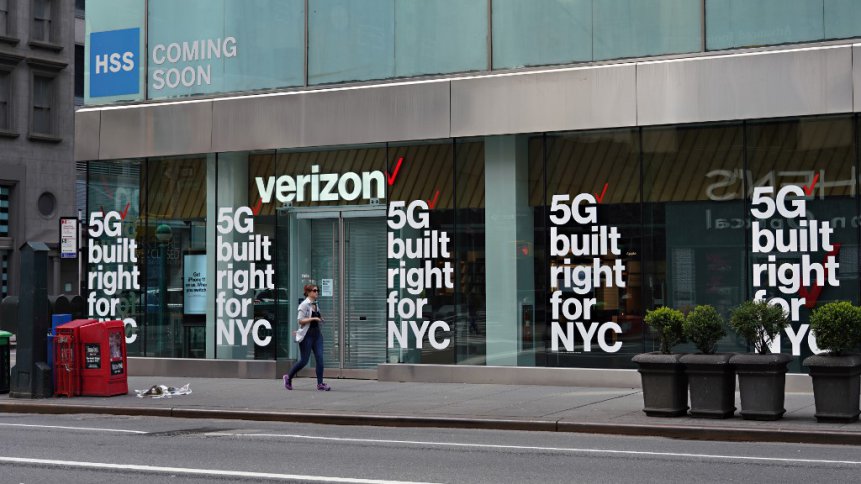Verizon eyes 5G videoconferencing future with BlueJeans buy-out

- Verizon has made a large-scale videoconferencing acquisition with BlueJeans Network
- The deal comes amid a spike in remote working
- Verizon could now spearhead developments in next-gen 5G video conferencing technology
Videoconferencing is having its day – there’s a good chance that if you’ve been thrown into a remote working situation in the last month or so, you’ll be using something like Microsoft Teams or Zoom at some point daily.
With 5G on the horizon – Verizon doesn’t think the resurgence of interest for these tools is temporary.
The leading US network has made a bid of (less than) US$500 million for the business videoconferencing and event platform BlueJeans Network, according to Wall Street Journal.
In a press release, Verizon said it has entered into a definitive agreement to acquire the cloud-based video service in order to expand its immersive unified communications portfolio. According to Tami Erwin, CEO of Verizon Business, collaboration and communications have become “top of the agenda for businesses of all sizes and in all sectors in recent months.
“As the way we work continues to change, it is absolutely critical for businesses and public sector customers to have access to a comprehensive suite of offerings that are enterprise ready, secure, frictionless and that integrate with existing tools,” said Erwin.
Like other video conferencing solutions, Verizon noted BlueJeans had played a “significant part” in enabling the operations of businesses – “from small organizations to some of the world’s largest multinational brands” – to continue during the work-from-home surge.
Now, Verizon wants to integrate the solution into its 5G product roadmap, with aims to provide secure and real-time engagement solutions to high-growth areas such as telemedicine, distance learning and field service work.
These are areas that could see a rise as a result of coronavirus-related digitization, and could go onto enjoy a new-found appreciation among users after the pandemic resides.
While BlueJeans Network is comparably much smaller in terms of users than rival Zoom. During the global shift to remote working, Zoom reported a massive rise in daily users from 10 million in December to 200 million in March.
However, the solution synonymous with the upswing of telework, Zoom’s growth has also been side-carred by scrutiny over disclosure surrounding privacy and vulnerabilities that have led to the rising unpleasant phenomena of ‘Zoom Bombings’.
On a much smaller scale, B2B-focused BlueJeans has just 15,000 customers. But those customers feature companies like Facebook and Disney. Or, in other words, companies that are ready to pay a higher premium for secure, convenient communications tools.
As noted by TechCrunch, carriers generally haven’t been able to turn increased usage during the current pandemic into revenue, owed to fixed costs, debt and market disruption that has seen shares hit. Investing in B2B solutions that are comparatively thriving could be one way to grow income.
YOU MIGHT LIKE

Here’s how Zoom is fixing all of those security issues
That said, the two companies will be in the position to drive and demonstrate the capabilities of 5G in powering next-gen videoconferencing communications.
Most obviously, a 5G bandwidth boost would mean fewer dropped connections, HD video and better sound quality, and the ability for remote workers to join calls from any device, anywhere with connectivity, and enjoy these same benefits.
More exciting is 5G’s potential to dramatically change the viable formats of video calls, presentations and virtual events, which could further cement new ways of working in the post-pandemic world of work.
Such possibilities include holographic conferencing capabilities and 360-degree video calling, allowing individuals to have more realistic, face-to-face interactions via video and deliver more impactful presentations.
Adding VR technology, remote participants could join virtual conference rooms with the ability to look around at one another’s avatars, or choose various cameras, talk to colleagues one-on-one before or after meetings, or even stand up and draw on whiteboards.








